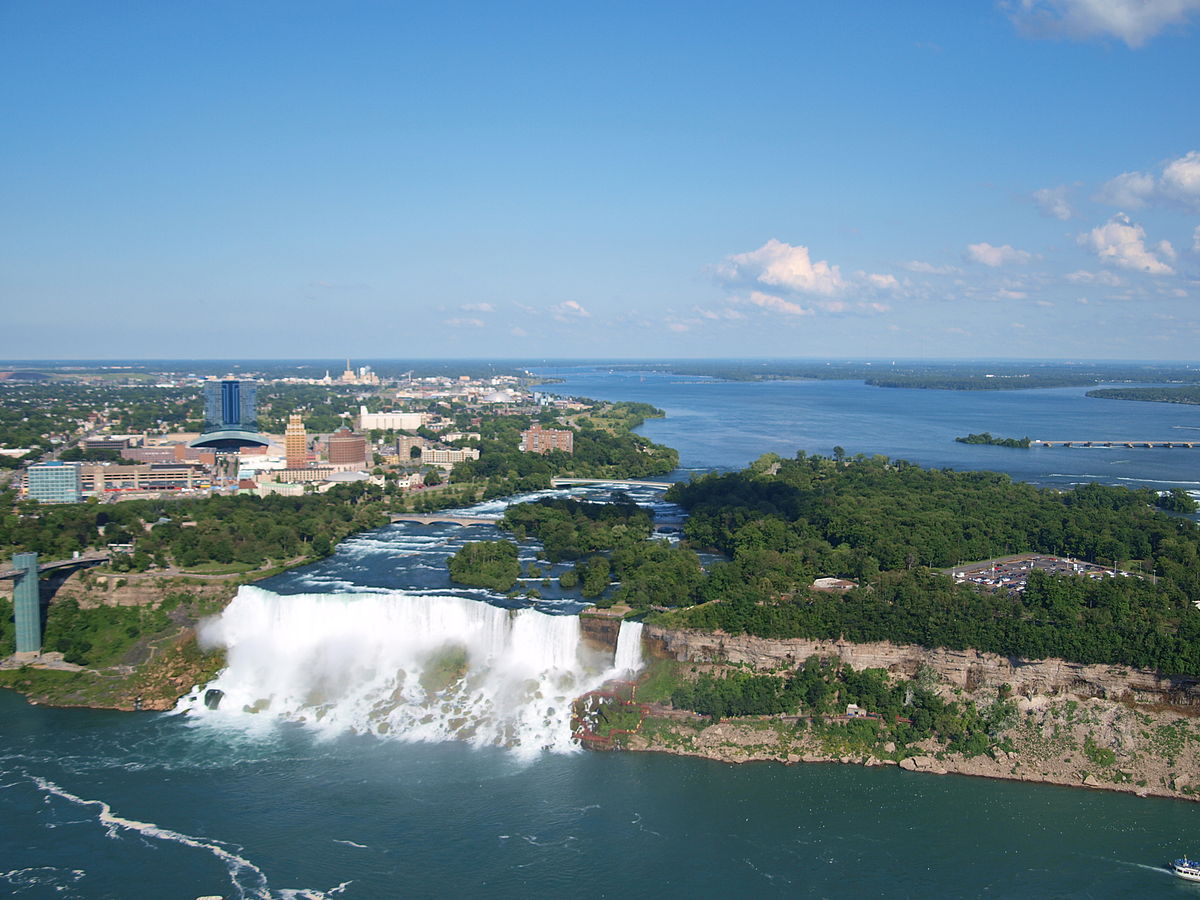
(Photo courtesy of Wikipedia/Ujjwal Kumar)
NIAGARA FALLS, N.Y.—New York officials are considering temporarily turning some of Niagara Falls into a trickle.
Plans to replace two 115-year-old pedestrian bridges could involve shutting down the water flowing over one section of the falls by building a temporary structure to redirect it to another.
It was done once before, for a 1969 study of erosion.
The result then, as now, would be a rare look at the rock formations that lie beneath the American Falls and Bridal Veil Falls on the United States side of the tourist draw, and perhaps an even more robust Canadian Horseshoe Falls, where 85 per cent of the water flows over normally. Together, the three waterfalls fed by the Niagara River along the northern border comprise Niagara Falls.
“Dewatering is expected initially (to) be a tourism draw (a once-in-a-lifetime opportunity to see the falls and river channel without water),” said a state-issued design report. It acknowledged the novelty could wear off in time and hurt park attendance.
One construction scenario would leave the American and Bridal Veil Falls dry for five months, from August through December. The second plan being considered would require a nine-month dry spell, from April through December.
Crews would build a structure called a cofferdam from the tip of Goat Island in the river to the mainland. That would shut down water flow in the river bed and provide a dry area for demolition and replacement of the two deteriorating concrete arch bridges that span the river rapids. The cofferdam would be in the same general location as the 1969 structure, which spanned 600 feet and consisted of 28,000 tons of rock and earth.
Niagara Falls author and historian Paul Gromosiak remembers speaking with tourists during near nightly walks to the American Falls after the U.S. Army Corps of Engineers completed the 1969 dewatering.
“People were astounded at the site and the lack of the sound,” Gromosiak said Monday. “Those who had been there before missed the sound of the falls, not just the beauty but the sound.”
He said he would rather not see the water diverted again and urged the state to find another way to replace the bridges.
“When you take something so impressive, so mesmerizing and affect it in such a significant way,” he said, “to me, it just destroys the impact it should have.”
State officials have been moving to replace the bridges since 2004 when they were found to have deteriorated to the point where they were closed. Temporary bridges were installed above the existing structures, which have preserved pedestrian and bicycle access to Goat Island, but they lack the esthetic appeal of the stone-faced originals and restrict views of the rapids, the report said. Meanwhile, the original 1900-1901 bridges continue to crumble.
The replacement project is expected to cost $24 million and is still likely a few years from beginning, authorities said.
The state has scheduled a public hearing for Wednesday in the Niagara Falls Convention Center.